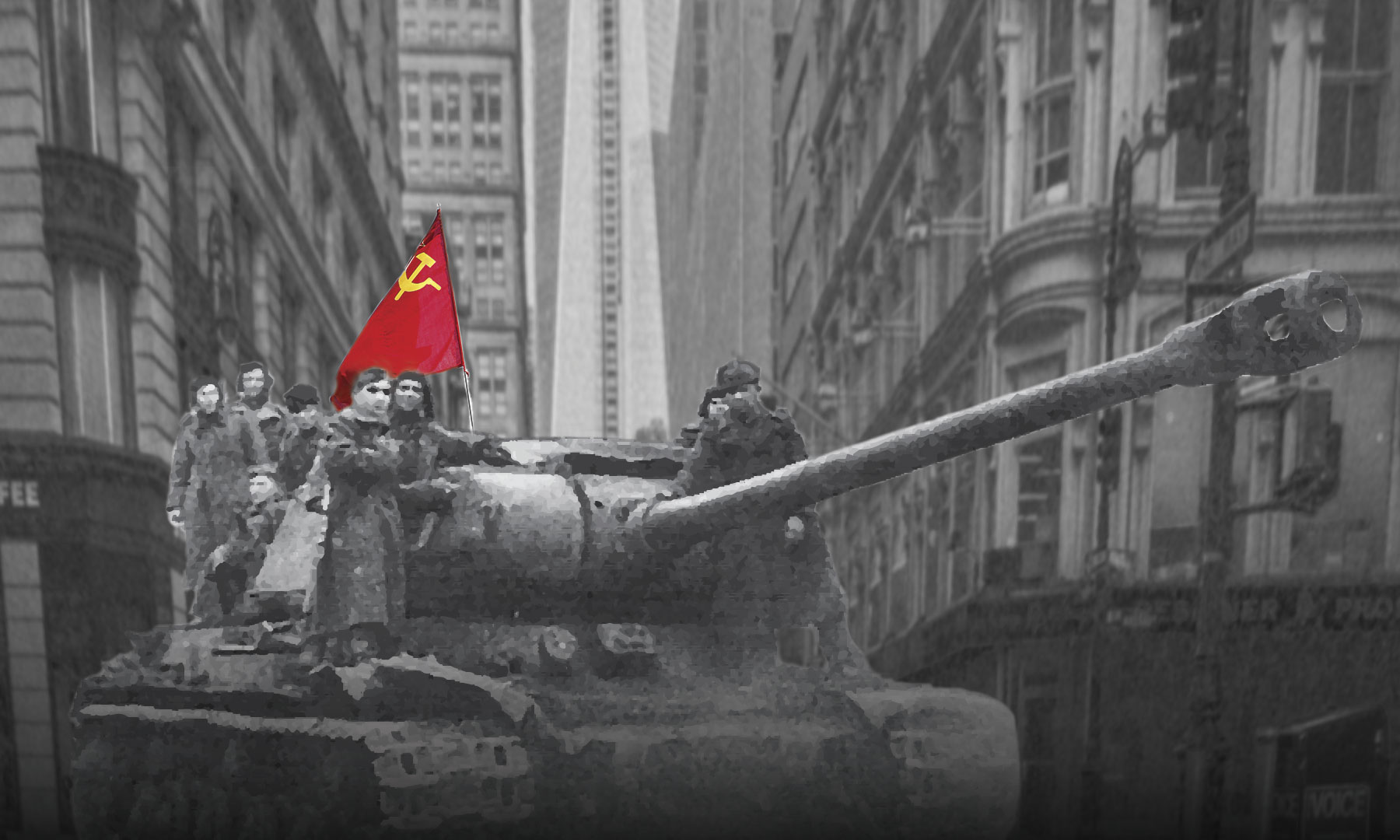 Oppenheimer began recruiting for the laboratory with help from James Conant immediately after the site was chosen. There was reluctance of some in working to build powerful bombs and the belief by some that the project was a boondoggle that would have nothing to do with the war. Many declared they would not join the project if they had to be Army officers. Oppenheimer accepted the designation of lieutenant colonel and had ordered his uniforms, but Rabi warned him that others would resist joining him. Conant negotiated a compromise to begin the project under civilian administration and transition to the military later. The transition never happened, and recruits began to travel to Santa Fe to receive the clearances that allowed them to join the beginning of the Los Alamos National Laboratory (LANL)….
Oppenheimer began recruiting for the laboratory with help from James Conant immediately after the site was chosen. There was reluctance of some in working to build powerful bombs and the belief by some that the project was a boondoggle that would have nothing to do with the war. Many declared they would not join the project if they had to be Army officers. Oppenheimer accepted the designation of lieutenant colonel and had ordered his uniforms, but Rabi warned him that others would resist joining him. Conant negotiated a compromise to begin the project under civilian administration and transition to the military later. The transition never happened, and recruits began to travel to Santa Fe to receive the clearances that allowed them to join the beginning of the Los Alamos National Laboratory (LANL)….
A crucial task for the lab was determining the amount of fissile materials required for uranium 235 and plutonium 239 to “go critical.” Otto Frisch was the group leader that conducted the experiments to determine quantities of fissionable material needed to produce a criticality; he called the experiments “tickling the tail of a sleeping dragon.” He almost made a fatal mistake by leaning toward some fissionable material in one experiment, which reflected enough neutrons to cause a near criticality. Harry Daghlian was working alone on an assembly of U235 when a chunk of metal slipped from his fingers and fell on the nearly completed assembly. He swept it aside, but saw the blue glow (a physiological reaction of the eyes to a neutron flux). It took him a month to die. His team leader, Harry Slotin, was showing a group of physicists a plutonium assembly when a screwdriver he was using to lower a beryllium hemisphere slipped and the assembly went critical. Slotin and five others were irradiated, but only Slotin died right away.
The scientists at Los Alamos would succeed at developing the information and designs necessary to make the first atomic bombs from the uranium 235 being separated at Oak Ridge and the plutonium that would be produced at Hanford. Their achievements were remarkable!
